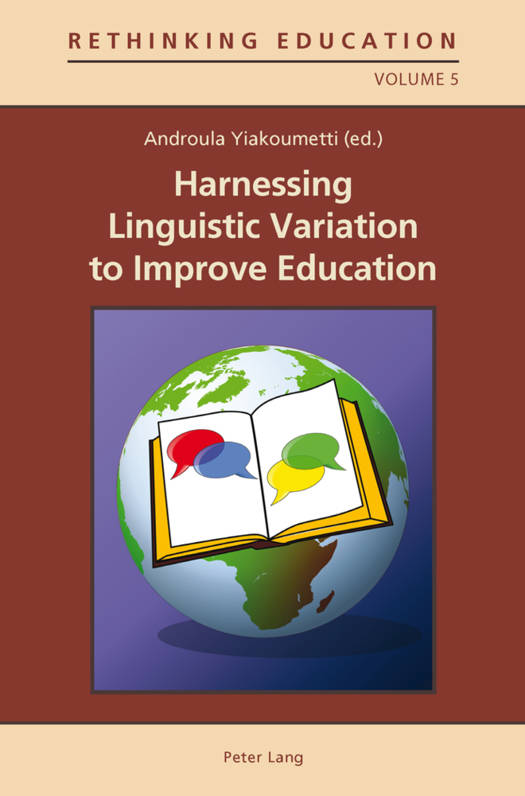
- Afhalen na 1 uur in een winkel met voorraad
- Gratis thuislevering in België vanaf € 30
- Ruim aanbod met 7 miljoen producten
- Afhalen na 1 uur in een winkel met voorraad
- Gratis thuislevering in België vanaf € 30
- Ruim aanbod met 7 miljoen producten
Zoeken
Harnessing Linguistic Variation to Improve Education
€ 77,45
+ 154 punten
Omschrijving
This volume brings together research carried out in a variety of geographic and linguistic contexts including Africa, Asia, Australia, Canada, the Caribbean, Europe and the United States and explores efforts to incorporate linguistic diversity into education and to 'harness' this diversity for learners' benefit. It challenges the largely anachronistic ideology that promotes exclusive use of an educational monolingual standard variety and advocates the use in formal education of aboriginal/indigenous languages, minority languages, nonstandard varieties and contact languages.
The contributors examine both historical and current practices for including linguistic diversity in education by considering specific bidialectal, bilingual and multilingual educational initiatives. The different geographical and linguistic settings covered in the volume are linked together by a unifying theme: linguistic diversity exists all over the world, but it is very rarely utilized effectively for the benefit of students. When it is used, whether in isolated studies or through governmental initiatives, the research findings point systematically to the many educational advantages experienced by linguistically-diverse students. This book will be of interest to teachers and language practitioners, as well as to students and scholars of language and education.
The contributors examine both historical and current practices for including linguistic diversity in education by considering specific bidialectal, bilingual and multilingual educational initiatives. The different geographical and linguistic settings covered in the volume are linked together by a unifying theme: linguistic diversity exists all over the world, but it is very rarely utilized effectively for the benefit of students. When it is used, whether in isolated studies or through governmental initiatives, the research findings point systematically to the many educational advantages experienced by linguistically-diverse students. This book will be of interest to teachers and language practitioners, as well as to students and scholars of language and education.
Specificaties
Betrokkenen
- Uitgeverij:
Inhoud
- Aantal bladzijden:
- 322
- Taal:
- Engels
- Reeks:
- Reeksnummer:
- nr. 5
Eigenschappen
- Productcode (EAN):
- 9783034307260
- Verschijningsdatum:
- 21/05/2012
- Uitvoering:
- Paperback
- Formaat:
- Trade paperback (VS)
- Afmetingen:
- 147 mm x 224 mm
- Gewicht:
- 385 g

Alleen bij Standaard Boekhandel
+ 154 punten op je klantenkaart van Standaard Boekhandel
Beoordelingen
We publiceren alleen reviews die voldoen aan de voorwaarden voor reviews. Bekijk onze voorwaarden voor reviews.










